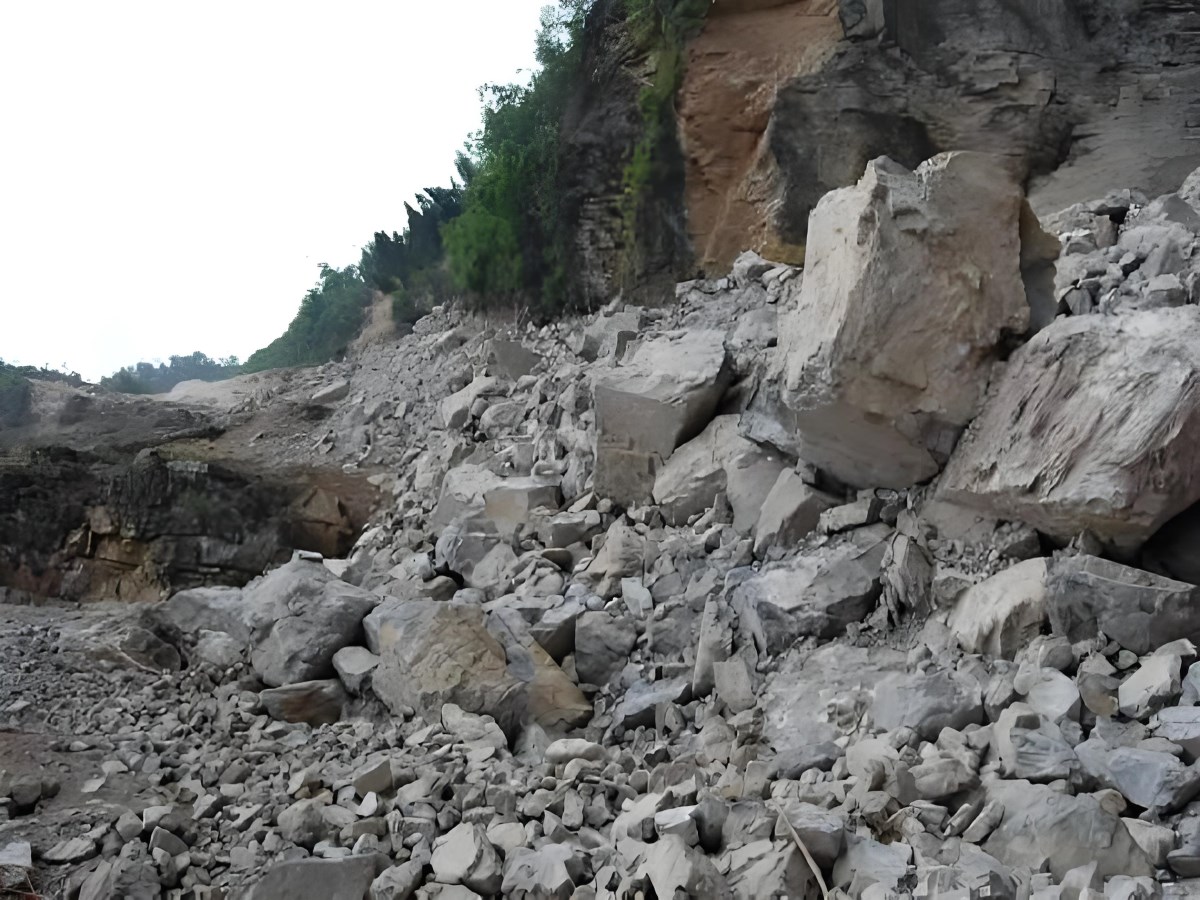The standards for rock hardness classification are usually based on a variety of factors, including the physical properties of the rock, mechanical properties, and performance in actual engineering.

A common classification method is to use the uniaxial compressive strength (RC) of the rock. For example, according to the "Engineering Rock Mass Classification Standard" (GB/T 50218-2014), the rock hardness can be qualitatively classified according to Table 3.2.1:
1. Hard rock:
① Hard rock: The hammer sound is crisp, there is rebound, shocking, and difficult to break; after being soaked in water, most of them have no water absorption reaction. Representative rocks are unweathered or slightly weathered granite, syenite, diorite, diabase, basalt, andesite, gneiss, quartz schist, siliceous slate, quartzite, siliceous cemented conglomerate, quartz sandstone, siliceous limestone, etc.
② Harder rock: The hammering sound is crisper, there is a slight rebound, a little shaking, and it is difficult to break; after being soaked in water, there is a slight water absorption reaction. Including weakly weathered hard rock; unweathered to slightly weathered welded tuff, marble, slate, dolomite, limestone, calcareous cemented sandstone, etc.
2. Soft rock:
① Softer rock: The hammering sound is not crisp, there is no rebound, and it is easier to break; after being soaked in water, nails can leave marks. For example, strongly weathered hard rock; weakly weathered harder rock; unweathered to slightly weathered tuff, phyllite, sandy mudstone, marl, mud sandstone, siltstone, shale, etc.
② Soft rock: The hammering sound is dull, there is no rebound, there are dents, and it is easy to break; after being soaked in water, it can be broken apart by hand. For example, strongly weathered hard rock; weakly weathered to strongly weathered harder rock; weakly weathered soft rock; unweathered mudstone, etc.
3. Extremely soft rock:
The sound of hammering is dull, there is no rebound, there are deep indentations, and it can be crushed by hand; after being soaked in water, it can be crushed into a ball. Including all kinds of fully weathered rocks; various semi-melted rocks.
In addition, there are other standards and methods for describing the hardness of rocks, such as Mohs hardness. Mohs hardness is a method of dividing the hardness of minerals into 10 levels, which is mainly determined by comparing the relative hardness of different minerals.
In practical applications, the classification standards of rock hardness levels may be adjusted and determined according to specific engineering needs, industry practices, and relevant specifications and standards. The formulation of these standards is intended to provide engineers, geologists, and professionals in related fields with a unified and comparable framework to better evaluate and deal with engineering problems related to rocks. At the same time, the qualitative identification characteristics of rocks, such as hammering sound, rebound, water absorption reaction, and performance in water, are also taken into account to more comprehensively describe the hardness of rocks.





